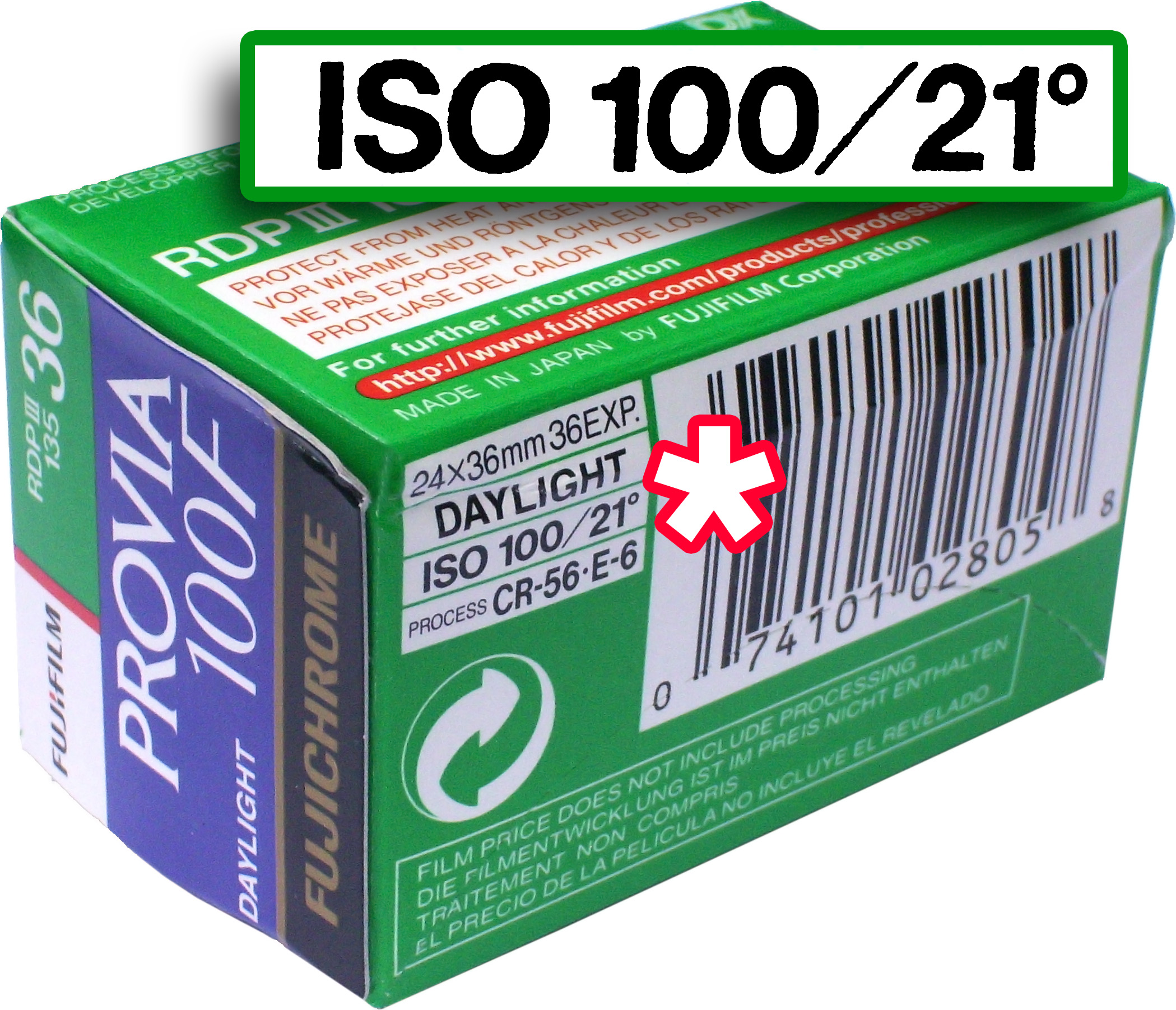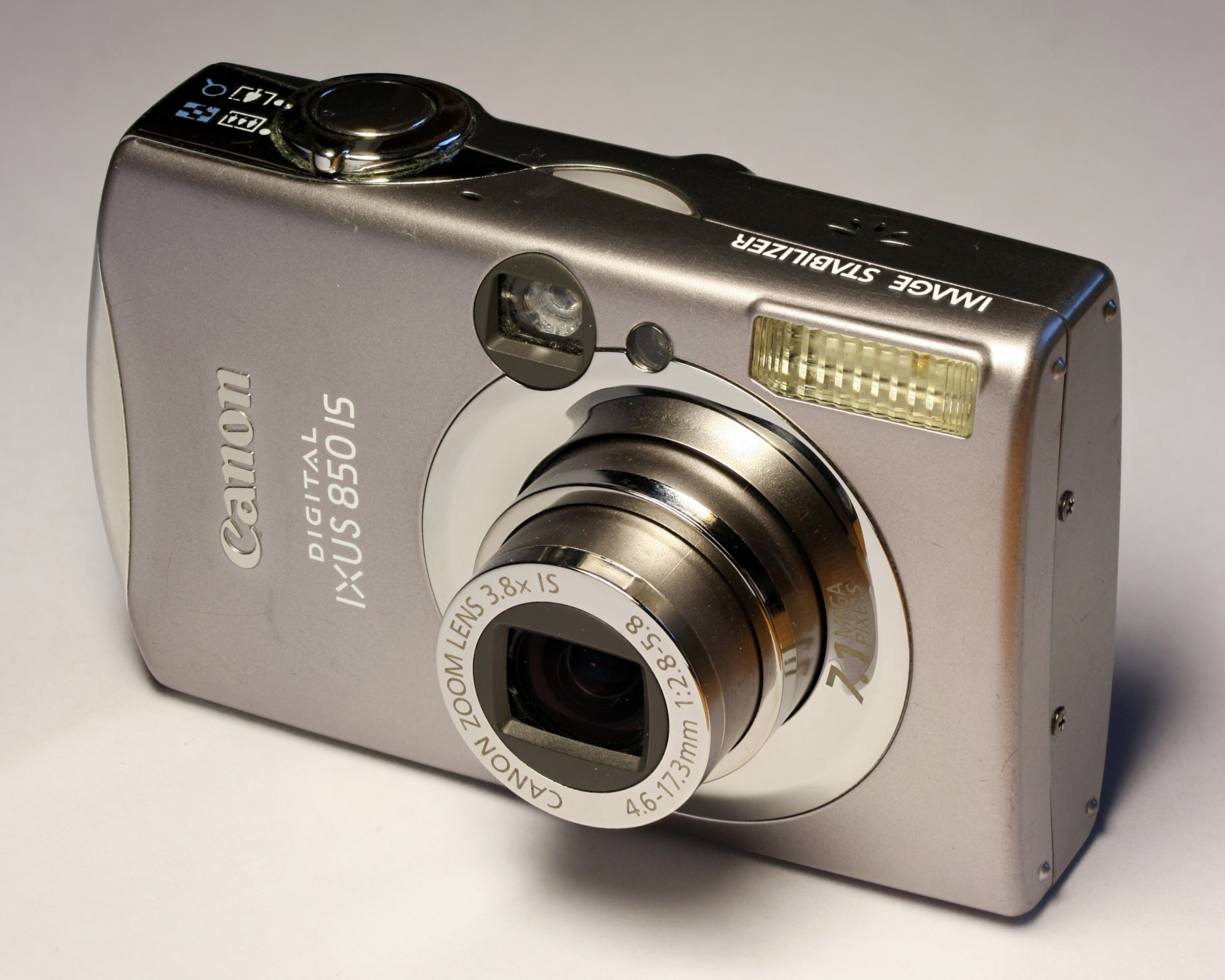|
Olympus Trip 35
The Olympus Trip 35 is a 35mm compact camera, manufactured by Olympus. It was introduced in 1967 and discontinued, after a lengthy production run, in 1984. The Trip name is a reference to its intended market—people who wanted a compact, functional camera for holidays. During the 1970s, it was the subject of an advertising campaign that featured popular British photographer David Bailey. Over ten million units were sold. The Trip 35 was a point and shoot model with a 40 mm ƒ/2.8 lens, solar-powered selenium light meter, and just two shutter speeds. In 'A' mode, the camera operates as a Program automatic, choosing either 1/40 s or 1/200 s. The camera could also sync with flash, and has a range of aperture settings, from ƒ/2.8 to ƒ/22. In flash sync mode, the shutter is set at 1/40 s. Apart from a simple four-position zone focus system, and an ISO setting from 25 to 400, [...More Info...] [...Related Items...] OR: [Wikipedia] [Google] [Baidu] |
Olympus Corporation
is a Japanese manufacturer of optics and reprography products. Olympus was established on 12 October 1919, initially specializing in microscopes and thermometers. Olympus holds roughly a 70-percent share of the global endoscope market, estimated to be worth approximately US$2.5 billion. Its global headquarters are located in Shinjuku, Tokyo, Japan. In 2011, Olympus attracted worldwide media scrutiny when it fired its CEO and the matter snowballed into a corporate corruption investigation with multiple arrests. It paid $646 million in kickback fines in 2016. Products Cameras and audio In 1936, Olympus introduced its first camera, the Semi-Olympus I, fitted with the first Zuiko-branded lens. The Olympus Chrome Six was a series of folding cameras made by Takachiho, and later Olympus, from 1948 to 1956, for 6×4.5 cm or 6×6 cm exposures on 120 film. The first innovative camera series from Olympus was the Pen, launched in 1959. It used a half-frame format, t ... [...More Info...] [...Related Items...] OR: [Wikipedia] [Google] [Baidu] |
Film Speed
Film speed is the measure of a photographic film's sensitivity to light, determined by sensitometry and measured on various numerical scales, the most recent being the ISO system. A closely related ISO system is used to describe the relationship between exposure and output image lightness in digital cameras. Relatively insensitive film, with a correspondingly lower speed index, requires more exposure to light to produce the same image density as a more sensitive film, and is thus commonly termed a ''slow film''. Highly sensitive films are correspondingly termed ''fast films''. In both digital and film photography, the reduction of exposure corresponding to use of higher sensitivities generally leads to reduced image quality (via coarser film grain or higher image noise of other types). In short, the higher the sensitivity, the grainier the image will be. Ultimately sensitivity is limited by the quantum efficiency of the film or sensor. Film speed measurement systems His ... [...More Info...] [...Related Items...] OR: [Wikipedia] [Google] [Baidu] |
Solar Cell
A solar cell, or photovoltaic cell, is an electronic device that converts the energy of light directly into electricity by the photovoltaic effect, which is a physical and chemical phenomenon.Solar Cells chemistryexplained.com It is a form of photoelectric cell, defined as a device whose electrical characteristics, such as , , or resistance, vary when exposed to light. Individual solar cell devices are often the electrical ... [...More Info...] [...Related Items...] OR: [Wikipedia] [Google] [Baidu] |
Kodak Tri-X
Tri-X is a black and white photographic film produced by the Eastman Kodak Company. Since 2013 it is distributed by Kodak Alaris which controls the ''Kodak Professional'' product line under which it is grouped. The combination of hand held cameras and high speed Tri-X film was transformative for photojournalism and for cinema. Overview Introduced around 1940 in sheets rated at ASA daylight 200 and tungsten 160, it was one of Kodak's first high-speed (for the time) black and white films. Tri-X was released in 35 mm and 120 formats in 1954. Currently it is available in two speeds, ISO 320/26° (320TXP) and 400/27° (400TX). Tri-X 400 is the more common of the two, available in 24- and 36-exposure rolls of 35 mm and rolls of 120 as well as 50 and 100 ft bulk rolls of 35 mm. Tri-X 320 is available in 4×5", 5×7", and 8×10" sheets. Tri-X 400 is usually rated at ISO 400 when processed in standard developers and remains among the fastest black and white films today. Push ... [...More Info...] [...Related Items...] OR: [Wikipedia] [Google] [Baidu] |
Kodachrome
Kodachrome is the brand name for a color reversal film introduced by Eastman Kodak in 1935. It was one of the first successful color materials and was used for both cinematography and still photography. For many years Kodachrome was widely used for professional color photography, especially for images intended for publication in print media. Because of its complex processing requirements, the film was initially exclusively sold process-paid in the United States: customers had to pay Kodak for the cost of development when they bought the film, and independent photography stores were prohibited from developing Kodachrome photos. To develop the film, customers had to mail film to Kodak, who mailed the developed photos back for no additional charge. In 1954, the U.S. Department of Justice found this practice to be an uncompetitive violation of antitrust law. Kodak entered into a consent decree requiring they offer Kodachrome film for sale with and without the development fee, as ... [...More Info...] [...Related Items...] OR: [Wikipedia] [Google] [Baidu] |
Film Speed
Film speed is the measure of a photographic film's sensitivity to light, determined by sensitometry and measured on various numerical scales, the most recent being the ISO system. A closely related ISO system is used to describe the relationship between exposure and output image lightness in digital cameras. Relatively insensitive film, with a correspondingly lower speed index, requires more exposure to light to produce the same image density as a more sensitive film, and is thus commonly termed a ''slow film''. Highly sensitive films are correspondingly termed ''fast films''. In both digital and film photography, the reduction of exposure corresponding to use of higher sensitivities generally leads to reduced image quality (via coarser film grain or higher image noise of other types). In short, the higher the sensitivity, the grainier the image will be. Ultimately sensitivity is limited by the quantum efficiency of the film or sensor. Film speed measurement systems His ... [...More Info...] [...Related Items...] OR: [Wikipedia] [Google] [Baidu] |
Zuiko
Zuiko ( ja, ズイコー, italic=default or ja, 瑞光, italic=default, label=none) is a brand of optical lenses made by Olympus Corporation that was used up to and into the Four Thirds system era. The name Zuiko ( ja, 瑞光, italic=default, label=none) means 'Light of the Gods', using a character from the Mizuho Optic Research Laboratory ( ja, 瑞穂光学研究所, italic=default, label=none), where the lens was developed, and a character from Takachiho Corporation ( ja, 高千穂製作所, italic=default, label=none), which would eventually become the Olympus Corporation. With the introduction of the Micro Four Thirds system in 2008, new lenses for that system started to be branded as ''M.Zuiko Digital''. Optical formula nomenclature For lenses manufactured until approximately 1972, the number of optical elements of the lens, angle of view, and diaphragm operation could be distinguished by the markings engraved on the lens. The engraving dropped the number of elements wi ... [...More Info...] [...Related Items...] OR: [Wikipedia] [Google] [Baidu] |
Camera Lens
A camera lens (also known as photographic lens or photographic objective) is an optical lens or assembly of lenses used in conjunction with a camera body and mechanism to make images of objects either on photographic film or on other media capable of storing an image chemically or electronically. There is no major difference in principle between a lens used for a still camera, a video camera, a telescope, a microscope, or other apparatus, but the details of design and construction are different. A lens might be permanently fixed to a camera, or it might be interchangeable with lenses of different focal lengths, apertures, and other properties. While in principle a simple convex lens will suffice, in practice a compound lens made up of a number of optical lens elements is required to correct (as much as possible) the many optical aberrations that arise. Some aberrations will be present in any lens system. It is the job of the lens designer to balance these and produce a desi ... [...More Info...] [...Related Items...] OR: [Wikipedia] [Google] [Baidu] |
Hot Shoe
Canon EOS 350D Hot shoe Proprietary hot shoe used by Minolta and older Sony cameras (Konica Minolta Maxxum 7D">Sony.html" ;"title="Minolta and older Sony">Minolta and older Sony cameras (Konica Minolta Maxxum 7D) A hot shoe is a mounting point on the top of a camera to attach a flash (photography), flash unit and other compatible accessories. It takes the form of an angled metal bracket surrounding a metal contact point which completes an electrical connection between camera and accessory for standard, brand-independent flash synchronization. The hot shoe is a development of the standardised "accessory shoe", with no flash contacts, formerly fitted to cameras to hold accessories such as a rangefinder, or flash connected by a cable. The dimensions of the hot shoe are defined by the International Organization for Standardization in ISO 518:2006. Details such as trigger voltage are not standardised; electrical incompatibilities are still possible between brands. Design The h ... [...More Info...] [...Related Items...] OR: [Wikipedia] [Google] [Baidu] |
Prontor-Compur
A Prontor-Compur connection (also known as a PC connector, PC terminal, or PC socket) is a standard 3.5 mm (1/8") electrical connector (as defined in ISO 519 (1992-11-25). ''Photography -- Hand-held cameras -- Flash-connector dimensions''. Geneva: International Organization for Standardization. [...More Info...] [...Related Items...] OR: [Wikipedia] [Google] [Baidu] |
Scale Focusing
Scale or scales may refer to: Mathematics * Scale (descriptive set theory), an object defined on a set of points * Scale (ratio), the ratio of a linear dimension of a model to the corresponding dimension of the original * Scale factor, a number which scales, or multiplies, some quantity * Long and short scales, how powers of ten are named and grouped in large numbers * Scale parameter, a description of the spread or dispersion of a probability distribution * Feature scaling, a method used to normalize the range of independent variables or features of data * Scale (analytical tool) Measurements * Scale (map), the ratio of the distance on a map to the corresponding actual distance * Weighing scale, an instrument used to measure mass * Scale (ratio), the ratio of the linear dimension of the model to the same dimension of the original * Spatial scale, a classification of sizes * Scale ruler, a tool for measuring lengths and transferring measurements at a fixed ratio of le ... [...More Info...] [...Related Items...] OR: [Wikipedia] [Google] [Baidu] |
Compact Camera
A point-and-shoot camera, also known as a compact camera and sometimes abbreviated to P&S, is a still camera designed primarily for simple operation. Most use focus free lenses or autofocus for focusing, automatic systems for setting the exposure options, and have flash units built in. They are popular for vernacular photography by people who do not consider themselves photographers but want easy-to-use cameras for snapshots of vacations, parties, reunions and other events. Most of these compact cameras use small 1/2.3" image sensors, but since 2008, a few non-interchangeable lens compact cameras use a larger sensor such as 1" and even APS-C, such as the Fujifilm X100 series, or full frame format such as the Sony Cyber-shot DSC-RX1 series. They prioritize intelligent Auto, but some high end point-and-shoot cameras have PASM (program, aperture priority, shutter priority, and manual modes) on the mode dial, raw image format, and hot shoe. None have interchangeable lenses, but ... [...More Info...] [...Related Items...] OR: [Wikipedia] [Google] [Baidu] |





.jpg)


